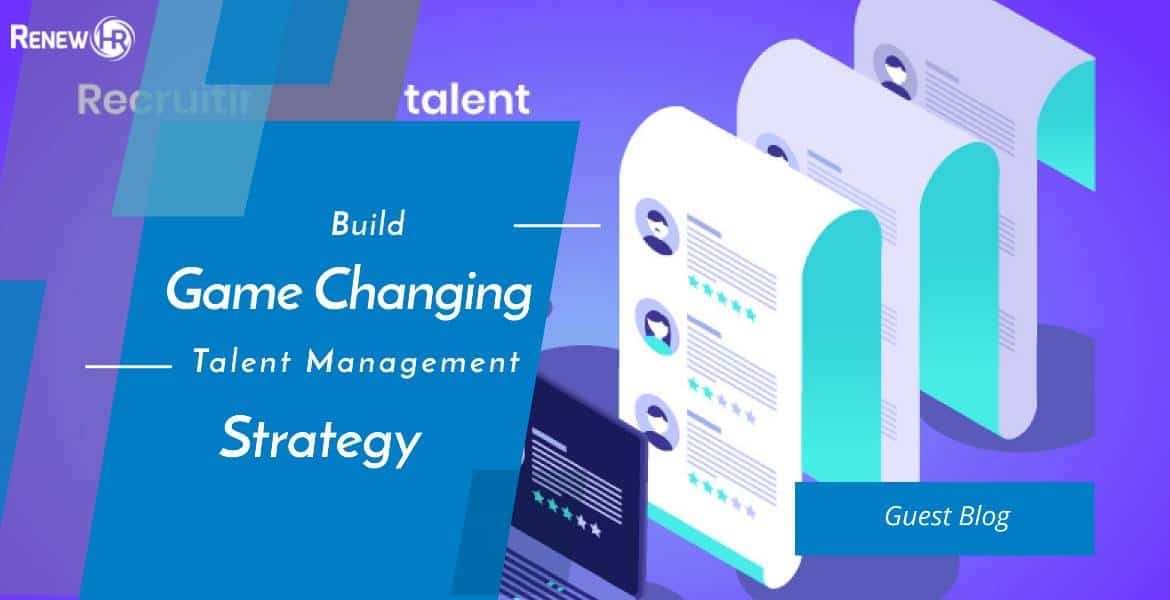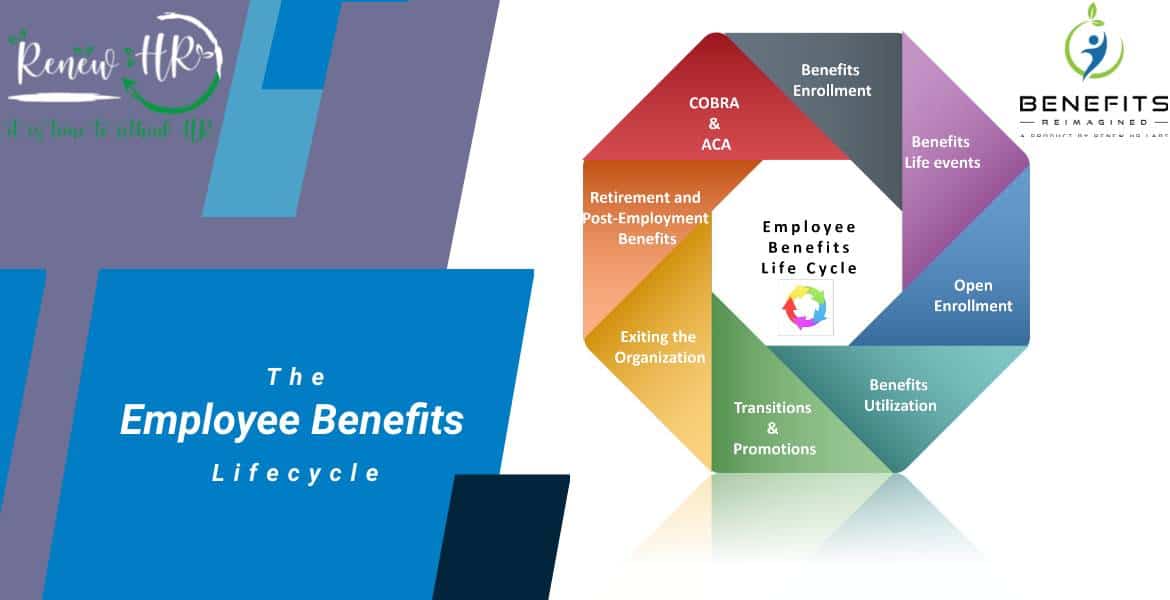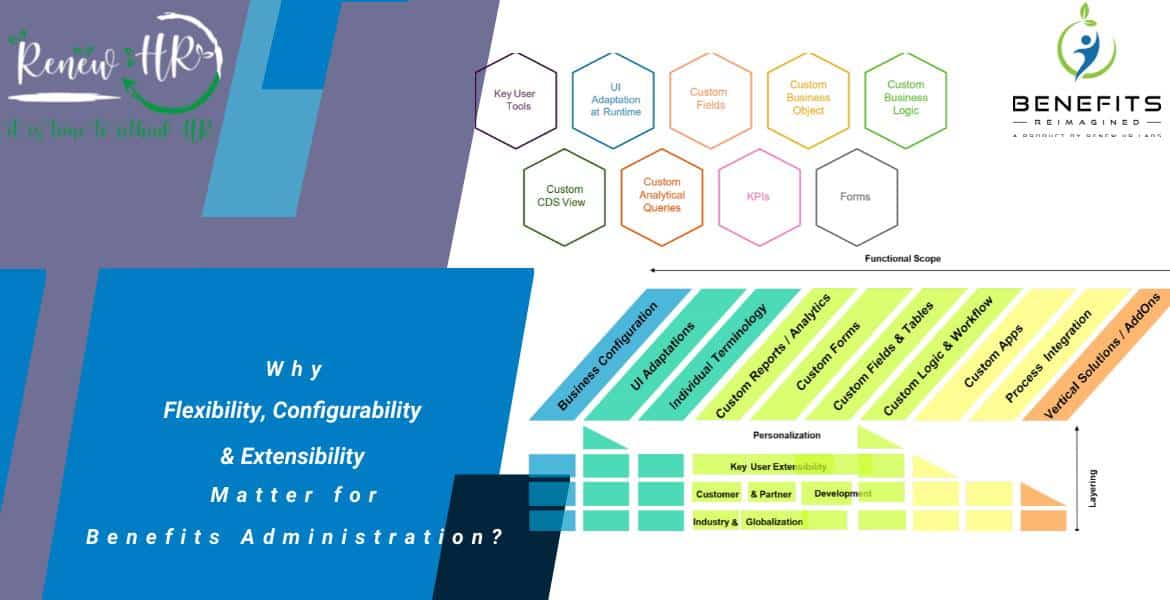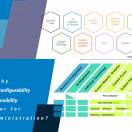According to the Amazon AWSsurvey (Fall 2017), issues faced by SMB’s in talent management are
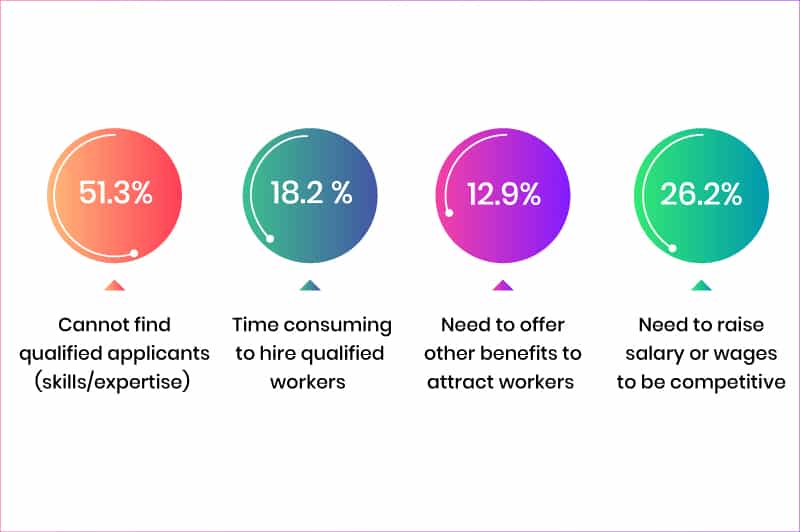
Building a Talent management Strategy is challenging for small and medium-sized businesses because of many factors like limited resources, branding issues, lack of technology usage. This article highlights a few such challenges that SMB businesses face in talent management strategy and the strategies that can be implemented to tackle these challenges.
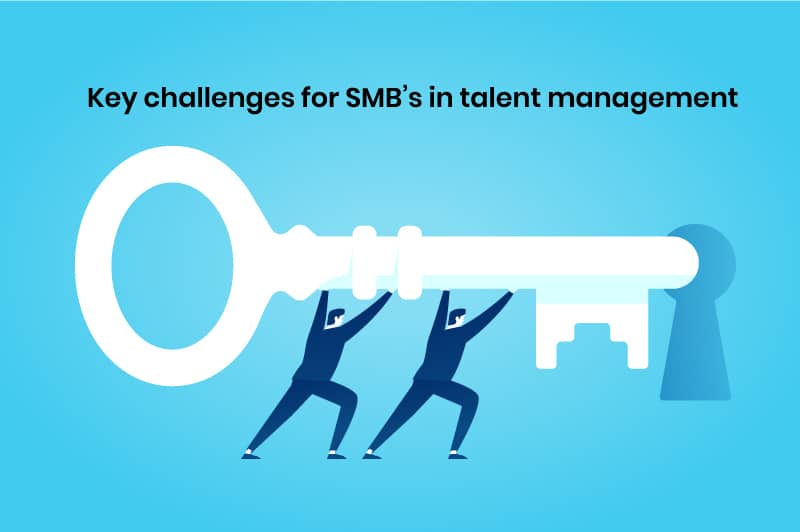
Contents
Critical challenges for SMB’s to build talent management strategy:
1) Attracting the right candidates
Small business finds it difficult to attract the right candidates, and they always have a limited pool of candidates to choose from as compared to large companies. These challenges are due to many reasons like insufficient recruitment budget, lack of efficient recruitment processes, less use of technology in recruitment function, and ignorance of brand building.
2) Lack of operational efficiencies with overall HR administration
SMB’s HR administration team is very small and must handle multiple responsibilities like recruitment, onboarding, employee performance management, employee benefits, training, and employee engagement management. Due to a lack of technology adaption for the HR function, these responsibilities might not be accomplished with maximum efficiency.
3) Retaining talent
Even if the HR function can hire new talent, retaining this talent for longer periods is a tough task. SMB’s don’t even have a dedicated team to manage and develop talent. If employees are not getting enough opportunities to grow their capabilities, they might feel lost. This could result in higher turnover rates affecting the moral of the HR function as well as other employees in the organization.
4) Developing employees and future leaders for succession
The HR function of SMB’s may not have enough resources to develop employee skills, performance management, and succession planning. For any business measuring employee performance and aligning it to business goals is an essential function. And without appropriate processes or lack of tools, the HR team may not be able to manage employee performance.
Strategies to solve these challenges:
While these are few struggles HR faces while handling talent for SMB’s, these can be overcome by designing a sound talent management strategy. So, what are these strategies? Let’s have a look at them one by one
1) Identify organization goals & align them with the talent management strategy
Before you go to designing any talent management strategy, you must understand the business goals. You can talk to organization leaders or management and understand the vision or goals of the company. These organizational goals are the foundational element to decide the type of talent needed in the organization. So, create strategies that are aligned with these business goals so that it will help your business to achieve success. HR function becomes the key strategic contributor when you become more engaged with business leaders to support their objectives.
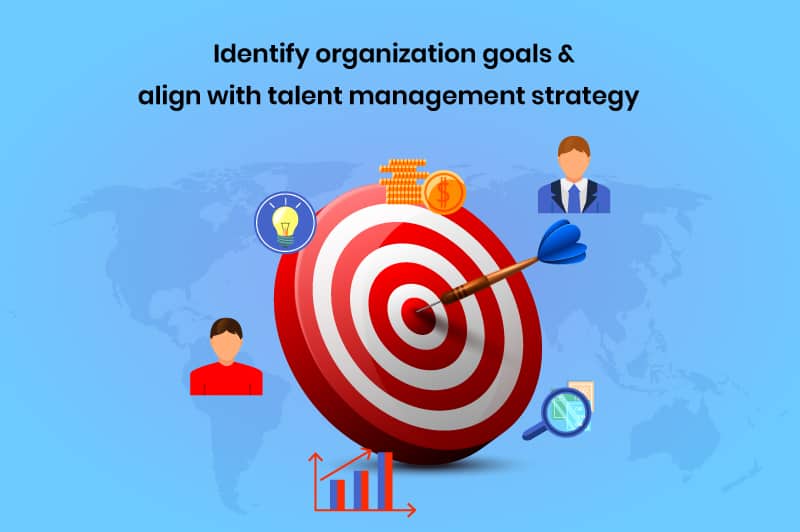
2) Talent planning & recruitment
As small businesses often deal with a limited pool of candidates, they might face “the warm body syndrome”. When your business is in desperate need of talent who can join immediately, you may end up hiring someone with less qualification/ experience. Try avoiding these mistakes and never settle for less than the best talent in the industry. Your talent management strategy must include both recruiting new hires and managing the existing employees to serve the needs of the organization.
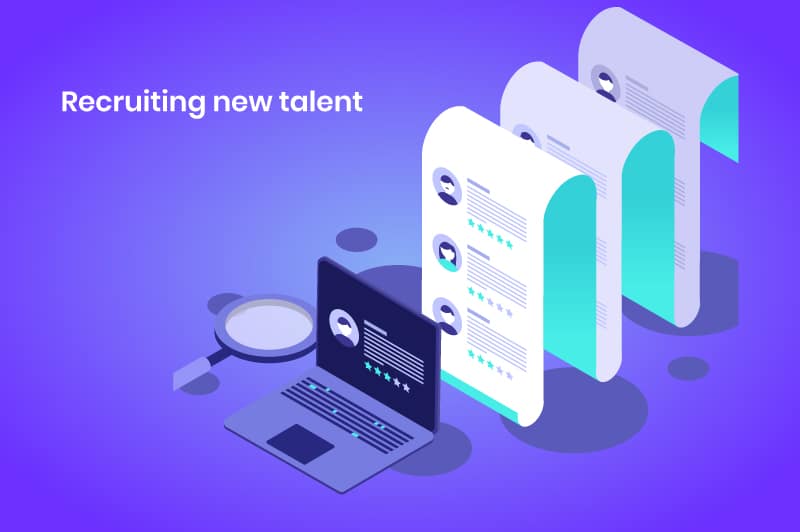
A) Recruiting new talent:
Recruiting new talent with a limited budget and timeline needs a smart approach towards the hiring process. You can focus on creating a brand story for your business, talent pool development, inclusion of effective sourcing channels like social media, career page, referral programs to attract the right talent.
Around 92% of recruiters use social media platforms to cast a wider net. So, you must leverage social media platforms like LinkedIn, Facebook, and Twitter to access a large talent pool. These platforms help you to reach the maximum audience at no cost.
A career page on your company website is also a great way to tap the visiting candidates. Adding just job descriptions won’t help you much here. You need to make sure to add every perk and benefits that the candidate will get once joining your organization. Add some employee reviews to gain their trust. Show them how great your company culture is so that they feel excited about joining your team.
Another great way of sourcing is referral hiring. It has the highest applicant-to-hire rate. Moreover, getting referrals is a cheaper, faster, & effective way of hiring. Design simple processes and rules to participate in the referral program. Keep attractive rewards so that everyone feels motivated to participate in the referrals program, and you can turn your workforce into the best recruiters.
So, these are the sourcing channels which are definitely going to be effective for SMB’s, but if you want to make a great impact and attract quality talent, you must focus on creating a brand story.The brand story informs candidates what kind of company you are and the best aspects of your company. Create an appealing brand story to explain the mission and vision of your organization. As I mentioned earlier, you must include this brand story in the career page to attract maximum candidates.
Apart from this you can also focus on developing a talent pool and use this as a sourcing channel for all your future hiring’s. This talent community may include past employees, applicants who got rejected, or applicants who could have joined if you had the right designation or compensation range. You need to keep this talent community engaged by sending them a newsletter, product updates, or updates about a job opening, job fair, etc.
B) Managing and developing existing talent:
62% of executives believe they will need to retrain or replace more than a quarter of their workforce between now and 2023 due to advancing automation and digitization-Mckinsey report
The skill matrix is changing at a faster rate. And with digital transformation advances, finding people with the right digital skills remain a challenge. This creates a lot of pressure on the HR function to recruit new talent. But recruiting new talent is not always a feasible solution due to restricted budgets. You can go for upskilling/reskilling existing talent. Perform skills-gap analysis of your existing workforce to understand the exact gap that you need to fill. Then you can design training programs for employees based on their interests and potential talent. You must motivate your employees to take these training, assess the effectiveness, and make necessary changes to achieve the training goals.
3) Embrace digital technology
Automating recruiting processes with digital tools will help you improve the time-to-hire rate, reduce costs, and remove biases that usually happen in manual processes. With technology tools, you can invest less time in vetting the candidates and focus on implementing the strategies to put the right person in the right job. SMB’s can save hundreds of hours of work by using advanced HR tools in each step of recruitment right from sourcing, pre-employment skills testing, video interviewing, to onboarding. If you are planning to buy HR software, you get options for integrating several products through the same software, reducing the extra cost of purchasing a special software.
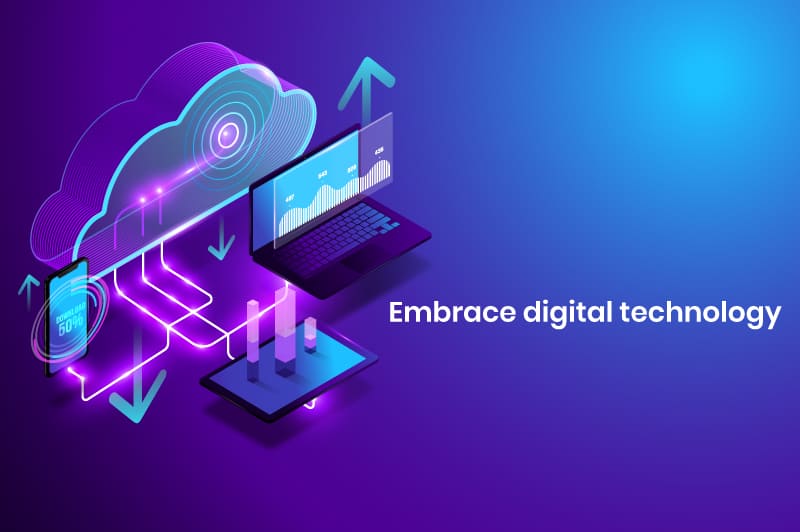
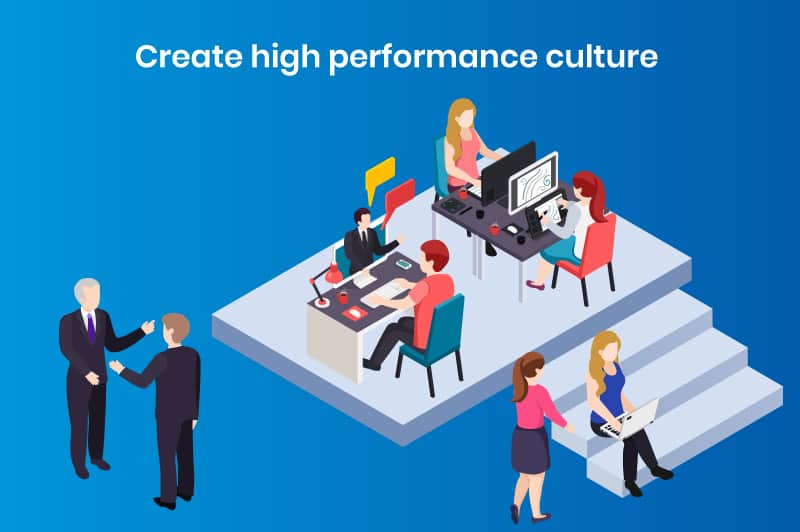
4) Create high-performance culture
The work environment in the organization drives how people behave and how they perform. Wherein performance management helps HR function to engage and retain employees and improve overall organizational performance. That’s why performance management should be more than performance appraisals and should be incorporated as a culture. Here are a few things you can follow to drive high-performance culture:
- Set clear goals for employees so they can deliver
- Focus on each employees’ strengths and allocate work accordingly
- Identify potential skills in each employee and develop those skills
- Develop self-learning culture and incentivize process of new skill learning
- Measure progress of each training initiative and take actions to improve the effectiveness
5) Focus on employee engagement
Disengaged workers cause massive losses in productivity — between $450 and $500 billion a year. –Mental Health America Report
Focus on creating strategies to enhance employee engagement and work satisfaction to decrease the employee turnover. These are a few things you can incorporate in your employee engagement strategy:
- Provide the right applications or tools to employees so that they can improve their productivity
- Employees must feel that they are climbing the ladder of success in their career and this can be accomplished by organizing training programs to help them improve their skills
- Make sure you are rewarding their efforts with monetary/non-monetary benefits
- You can engage employees by forming committees based on their interest and values and empower them to build relations
Conclusion:
Implementing an effective talent management strategy in this digital era can put you ahead of the competition. If growing organizations can connect employees to the purpose of business, it will drive strong business growth and create a competitive advantage.
- How to Hire Great Employees for SMB - 01/08/2020
- How SMB businesses can build a game changing talent management strategy - 21/06/2020


